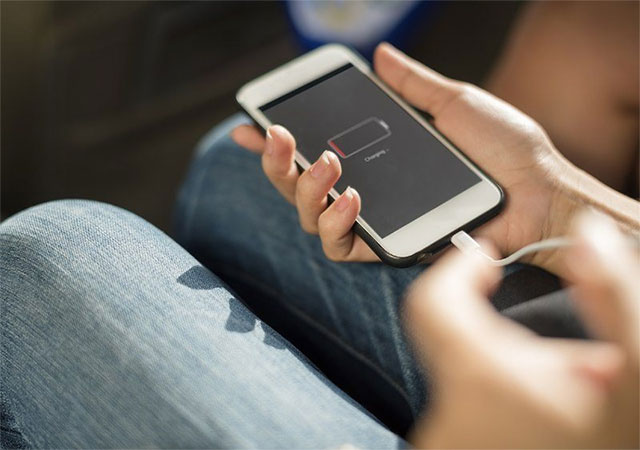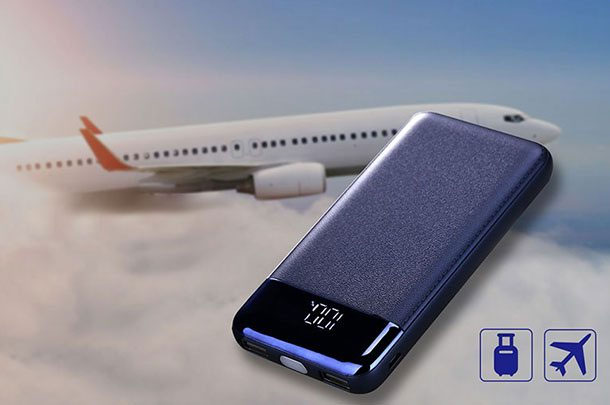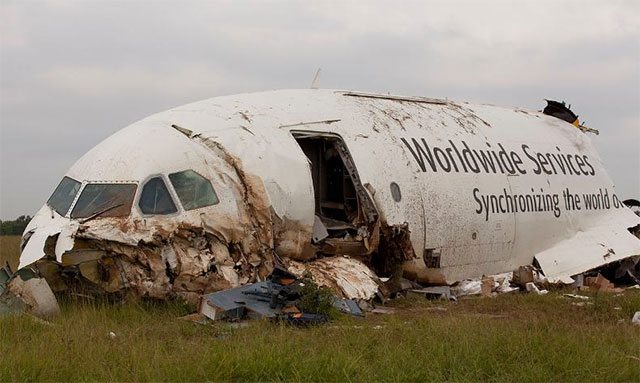How to check whether spare batteries are allowed to be carried on board
Today, the demand for smartphones is extremely large, we almost have to use smartphones anytime, anywhere, from entertainment purposes to work.While smartphone battery technology still seems to be limited, it is understandable that the backup battery becomes an extremely hot technology accessory, even an isolated piece of many people.There's no need to talk about the convenience of extra batteries, especially for long trips, however, if you're planning to carry a power supply or backup battery on the plane, you should probably check pre-check their specifications by simply, not everything is allowed to be carried on board.There have been a number of fire and explosion incidents that originated from the battery, so this requirement is perfectly reasonable.
If you are curious to see ifthe backup batteryis allowed to appear on flights, the answer is yes, but not enough.There are also the following rules.
Location

The rule here is simple: If you have aspare battery, laptop battery, phone battery or anything else that uses a rechargeable lithium-ion battery, they will have to be carried with you. meIt may sound strange, but actually keeping these potentially explosive devices in places where they can be monitored continuously will be much safer.For example, a phone that catches fire in the cabin is sounding scary, but we'll handle it pretty quickly.But what if you imagine a fire appearing in the cargo area?It will not be easy to detect and prevent in time and the safety of all people on the flight will certainly not be guaranteed.
Capacity

For backup batteries, whether or not the battery is carried on board is one of the prerequisites for buying.However, this is not a very accurate question.By, regulate the capacity of backup battery when traveling by plane is limited to Wh, not mAh.Here is the recipe to convert between units.First of all, it should be recalled that the battery must not be in a checked baggage but must be portable, whether it is a small battery and you must not use a spare battery to charge other devices on the aircraft.As mentioned, the battery backup regulations are limited to Wh, still pre-printed on the battery.Currently not many manufacturers show this number, so we can calculate by formula Wh = Ah x V (if it is mAh divided by 1000).
Specifically, the steps are as follows:
- Find the number of mAh battery (can range from 1 to 30,000)
- Find the battery voltage (usually 3.6V / 3.7V)
- Divide the mAh number for 1000, convert it into Amp hours (Ah)
- Multiply the number Ah by the voltage to get the Wh unit
General formula:
For example, a20000mAh battery with 3.6V voltage Wh will be: (20,000: 1000) x 3.6 = 72Wh
Normally the spare batteries usually have different voltages and voltages, an average 3.6V power supply will have about 28,000mAh before it exceeds the 100 Wh limit.As long as you see "3.6V" or "3.7V" and some lower 28,000mAh, it's more likely your battery is allowed to be carried on board.

However, if you have a bigger battery, you can still carry it on the plane.In many special cases and with permission from the airline, the batteries with a Wh rating of 100.1 - 160Wh (160Wh approximately 44,000mAh at 3.6 volts) are still acceptable to carry on board, Contact your service provider directly for assistance.
For batteries larger than 160Wh, there are almost no exceptions, as it is classified as a dangerous category.Fortunately, it is difficult to find a spare battery that has such a large capacity.
What every real danger comes from spare batteries.

These tiny batteries could absolutely be 'suicide bombers' causing bad disasters for the airline industry.Just quickly searching for a keyword like "exploding the battery on an airplane" will envision a certain part, although in fact, most fires are quickly extinguished.
The only battery-related disaster confirmed to date is that the UPS plane crashed at Dubai International Airport in 2010, the cause of a fire caused by a lithium battery. out.The accident is one reason why airlines don't want their passengers to carry lithium batteries on board.In the case of UPS, the carrier does not prohibit batteries, but will pack them carefully in containers made of special fiberglass.
There was even a (unfounded) hypothesis that exploded batteries were the cause of the disappearance of the fateful aircraft MH370 in 2014. As mentioned, the battery explosion incidents not much on the plane, and if so, it is usually handled fairly quickly, but you should also comply with the service provider's recommendations.All they want is just to ensure your safety and the crew.
summary
Finally, all the information you need to know about backup batteries to avoid any risks while flying is:
- Carry your battery on the cabin, not in the luggage storage.
- Do not bring batteries with a capacity of over 100Wh (usually about 27-28,000 mAh) or if you carry them, you must notify the airline and the relevant departments.
Wish you have safe and comfortable flights!
See more:
- Cause backup battery charger explodes, causes fire and prevention
- 4 rules to remember when plugging in your phone to avoid electric shock or fire
- Instructions for making backup batteries from an orange, charging nearly 40% of the battery for iPhone
- 5 best backup batteries voted by Amazon users
You should read it
- 5 best backup batteries voted by Amazon users
- Why can't backup batteries reach 100% capacity as advertised?
- Power failure still surfs the face roaring thanks to homemade backup charger for Modem
- Top 16 best backup chargers 2019
- Is it okay to charge the backup battery while using the phone?
- Recognize genuine and fake Xiaomi backup battery
 Bitsadmin command getproxylist, getproxyusage and getreplydata
Bitsadmin command getproxylist, getproxyusage and getreplydata PowerShell_ise command in Windows
PowerShell_ise command in Windows What is Markdown and why should you learn it today?
What is Markdown and why should you learn it today? Clip command in Windows
Clip command in Windows What file is XLL? How to open, edit and convert XLL files
What file is XLL? How to open, edit and convert XLL files Cmdkey command in Windows
Cmdkey command in Windows